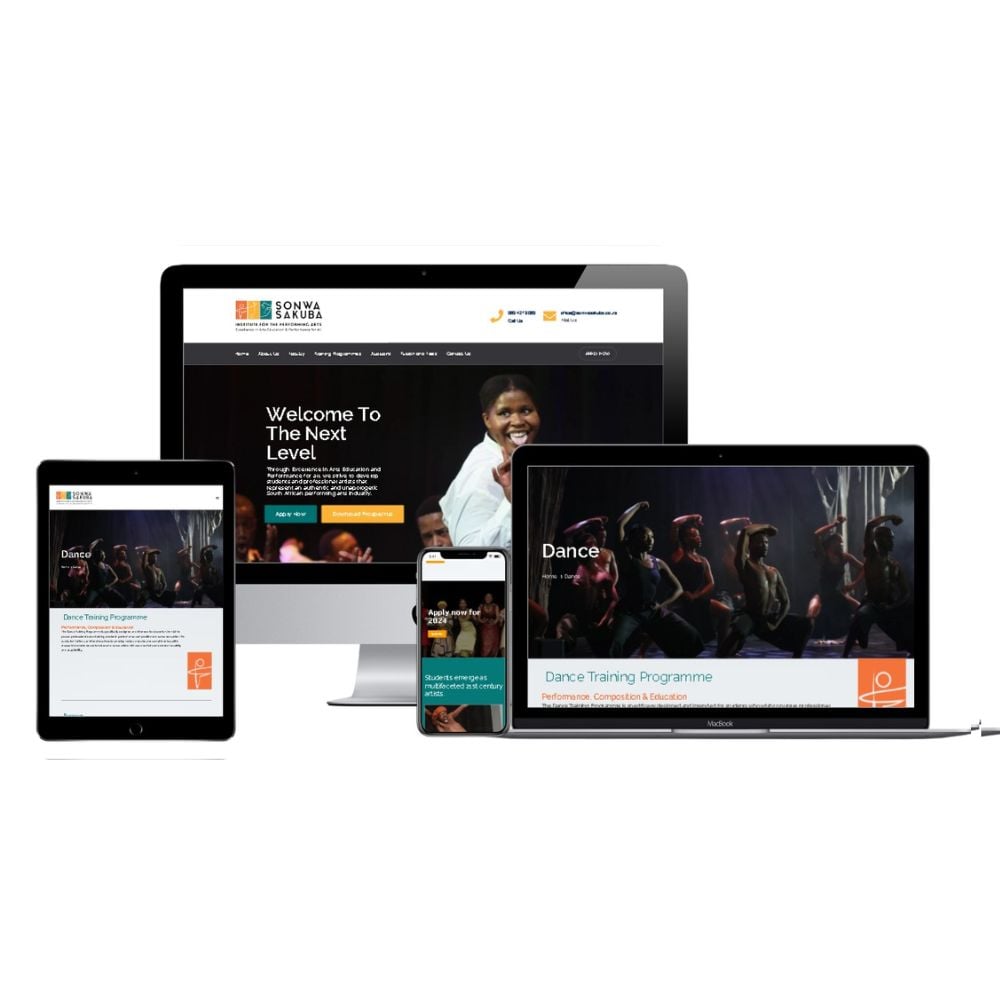Top Tips for Creating an Impactful Site Style That Transforms
In today's electronic landscape, the importance of an impactful site design can not be overemphasized, specifically when it involves converting site visitors into clients. To attain this, one have to think about a variety of aspects, consisting of recognizing the target audience, focusing on customer experience, and optimizing for mobile systems. The critical usage of engaging call-to-actions and a well-defined aesthetic pecking order plays a crucial function in assisting customers with their trip. As we explore these important elements, it comes to be obvious that the success of your website depends upon more than simply looks; it calls for a thoughtful technique to style and capability.

Understand Your Target Audience
Comprehending your target audience is basic to efficient website style, as it lays the groundwork for producing an interesting individual experience. Identifying that your customers are, including their demographics, choices, and behaviors, allows developers to customize the web site's content, design, and capability to fulfill specific needs.
Performing complete marketing research is important in this process. Studies, meetings, and analytics can give useful understandings right into user assumptions and pain points. By compiling this data, designers can produce individual identities that represent various segments of the target market, guaranteeing that layout decisions are educated and pertinent.
Additionally, understanding the target audience helps in picking proper layout elements such as color design, typography, and images that reverberate with individuals. A web site that talks straight to its audience cultivates a sense of link and trust fund, encouraging longer brows through and greater conversion prices.
Inevitably, a user-centered approach to site layout not just boosts individual satisfaction yet likewise supports service goals by driving interaction and commitment. By prioritizing the requirements and preferences of the target audience, a website can properly offer its function and attain desired outcomes.
Prioritize Individual Experience
To boost the general effectiveness of a site, focusing on customer experience (UX) is vital (Website Design). A properly designed UX makes certain that site visitors can navigate the site effortlessly, locate info promptly, and engage with content meaningfully. This results in enhanced individual fulfillment and greater conversion prices
Begin by executing user-friendly navigating. Menus should be logically structured, allowing customers to situate essential areas of the website with marginal initiative. Consistency in style components, such as color pattern and fonts, fosters familiarity, which is crucial for preserving customer interaction.
In addition, take into consideration the loading rate of your website. A delay of just a couple of secs can bring about considerable drop-offs, as individuals are less likely to await a slow-loading web page. Streamlining images and maximizing code can boost efficiency and keep site visitors.
In addition, clarity in content presentation is crucial. Use concise, appealing language and separate text with visuals to boost readability. By prioritizing individual experience, you not only develop a much more enjoyable setting for site visitors however also strengthen your brand name's reputation. Eventually, a concentrate on UX is a financial investment in the lasting success of your website.
Maximize for Mobile Tools
Optimizing for smart phones have a peek at this site is important in today's digital landscape, where an increasing variety of individuals accessibility web Check Out Your URL sites with smart devices and tablet computers. A mobile-friendly style not only enhances individual experience yet also plays a considerable duty in enhancing internet search engine rankings. To attain this, it is important to embrace a responsive layout that immediately changes to various screen dimensions and alignments.

Filling rate is an additional important element; mobile individuals are commonly less person and anticipate rapid accessibility to info. By prioritizing mobile optimization, you make certain that your site remains competitive and successfully involves a wider audience.
Use Engaging Call-to-Actions
A website's performance commonly depends upon its ability to assist visitors towards preferred actions, making compelling call-to-actions (CTAs) essential components of design. CTAs act as the critical points that route individuals to engage with the website, whether that implies purchasing, authorizing up for a newsletter, or downloading and install a see this page resource.
To produce efficient CTAs, clearness is vital. Usage succinct language that plainly interacts the activity you want the individual to take. Expressions such as "Get going," "Join Free," or "Store Now" not just share necessity however likewise get rid of obscurity. The placement of CTAs is just as important; they must be tactically placed throughout the website to ensure they are quickly noticeable, particularly in high-traffic areas.
In addition, take into consideration using directional cues, such as arrows or images, to assist individuals towards these buttons. By focusing on these elements, businesses can considerably boost individual interaction, driving conversions and eventually accomplishing their web site's objectives.
Emphasis on Visual Hierarchy
Effective site design depends greatly on a well-structured visual power structure that overviews users via content perfectly. By organizing elements in a manner that prioritizes information, designers can improve customer experience and help with decision-making. This involves utilizing dimension, color, contrast, and spacing strategically to draw focus to one of the most critical parts of a page.
The use of bigger typefaces for headings and subheadings establishes a clear distinction in between different sections, permitting users to check material effortlessly. Additionally, utilizing different shades for switches and calls-to-action can catch individual interest and urge interaction. Whitespace is an additional necessary part; it prevents clutter and enables customers to concentrate on vital messages without distractions.
Pictures and graphics should complement the text while also adhering to the established pecking order, strengthening the overall message (Website Design). Uniformity in style aspects, such as color systems and typography, more reinforces the aesthetic pecking order, making navigating instinctive

Final Thought
In verdict, effective site style requires an extensive understanding of the target audience, prioritization of user experience, and mobile optimization. Eventually, a well-executed site design serves as a vital component in driving customer activities and attaining service objectives.